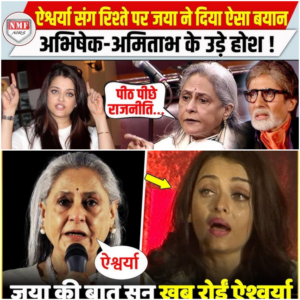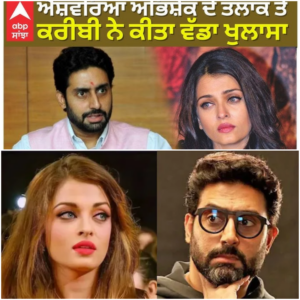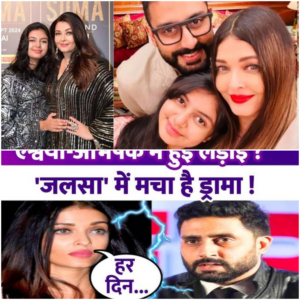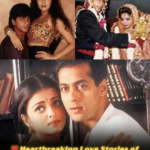The Unspoken Rhythm of Conversations: A Dive into Musical Moments
In the chaotic energy of everyday life, snippets of conversation often blend with the sounds around us, creating a unique symphony. The transcript provided—a mix of dialogue, musical interludes, and casual remarks—seems to capture one such moment, where life and music dance together in harmony. This article will explore how these elements interact, setting the stage for a broader reflection on the role of music in our daily interactions.
The Scene Unfolds
The transcript opens with the repeated phrase “ढोल ढोल ढोल” (Dhol Dhol Dhol), invoking the sound of the traditional Indian drum. This rhythmic beat is often associated with celebration, festivity, and communal gatherings, setting the tone for the rest of the conversation. The Dhol’s presence in this scene could indicate a festive setting, a background of joy, or simply a moment where the rhythm takes center stage.
But almost immediately, the flow is interrupted by “के” at 0:12, followed by “[प्रशंसा]” (appreciation) at 0:16. These brief, fragmented interjections give the sense that the participants are either distracted or multitasking. The mix of dialogue and appreciation suggests a shared acknowledgment of something significant, but it’s fleeting, as the next word quickly moves to “मोबाइल” (mobile) at 0:18.
The Influence of Music in Everyday Conversations
At 0:23, “[संगीत]” (music) makes its first appearance, indicating a soundtrack playing in the background or possibly a reference to a song being mentioned. Music, in many cultures, acts as a bridge between people, conveying emotions without the need for words. Here, music’s presence in the transcript signals its role as an undercurrent, subtly influencing the interactions and mood of the participants.
As the transcript moves forward, the repeated mentions of “चलो चलो” (let’s go) at 1:18 suggest a sense of urgency or momentum. It is as though the conversation is pushing the participants to take action, accompanied by “[संगीत]” once again at 1:39. The combination of spoken words and music creates an interplay that enhances the sense of movement and progression.
Pop Culture and References
One of the most intriguing parts of the transcript occurs at 3:57, with the mention of “सलमान भाई सलमान भाई” (Salman Bhai Salman Bhai). Salman Khan, a Bollywood superstar, is often referred to as “Bhai” (brother), a term of endearment and respect in Indian culture. His name in this context evokes a larger-than-life presence, perhaps adding a layer of humor, respect, or admiration to the conversation. It’s unclear whether his mention is literal or metaphorical, but his cultural impact is undeniable.
Following this, the question “किधर है?” (Where is it?) at 4:19 further grounds the scene in reality, as though the participants are searching for someone or something. The casual tone contrasts with the excitement and rhythm from earlier, giving a more intimate feel to the exchange.
The Power of Shared Moments
Throughout the transcript, moments of “[प्रशंसा]” and “[संगीत]” continue to reappear, weaving together appreciation, conversation, and music. These markers highlight how music is intertwined with speech, serving as both a backdrop and a participant in the interaction. Music, particularly in a cultural context, creates a shared space for individuals to express emotions, reflect on experiences, and bond with others.
The references to “friends” at 2:41 further illustrate this idea. Friends often share in the experience of music, whether it’s at a concert, a party, or simply a moment of listening together. In the case of this transcript, it’s unclear whether “friends” refers to the participants or a wider social context, but it still reinforces the communal aspect of the exchange.
Conclusion: The Melody of Conversation
In the end, the transcript presents a fragmented yet vivid snapshot of a moment where conversation and music blend seamlessly. The repeated phrases, interspersed with music, appreciation, and pop culture references, suggest a spontaneous interaction where words are not the only means of communication.
This interplay between speech and music shows how music can transcend its role as mere background noise, becoming an active player in our social lives. Whether through the rhythmic beats of the Dhol, the acknowledgment of a Bollywood icon like Salman Khan, or the casual talk about mobile phones and friends, this transcript reminds us that the music of life is always playing—sometimes in the background, but always present.
As we reflect on these moments, it becomes clear that the true magic of conversation lies not just in what is said, but in how it is said—and the music that accompanies it.
News
Priyanka Chopra’s daughter Malti is becoming a little fashionista just like her mom and these pictures are melting the hearts of even the most discerning eyes|KF
Priyanka Chopra recently took to her Instagram handle and shared a photo dump from her family time with her husband,…
(B) Jaya Bachchan’s Statement on Relationship with Aishwarya Rai Amid Divorce Rumors
Inside the Bachchan Family Dynamics: Jaya Bachchan’s Statement on Relationship with Aishwarya Rai Amid Divorce Rumors In recent weeks, the…
(B) “The Truth Behind Aishwarya Rai And Abhishek Bachchan’s Divorce Rumors – Fact Or Just Rumor?”
The Truth Behind Aishwarya Rai and Abhishek Bachchan’s Divorce Rumors Rumors surrounding the marriage of Bollywood’s power couple, Aishwarya Rai…
(B) “Absent From Aishwarya Rai’s 51st Birthday, Abhishek Bachchan Shocks Divorce Rumors – What’s The Truth Behind It?”
Aishwarya Rai’s 51st Birthday in Dubai: Why Abhishek Bachchan’s Absence Sparked Rumors, Then Calmed Speculations On November 1st, Aishwarya Rai…
(B) “What’s Going On Between Aishwarya and Abhishek? Is Their 17-Year Marriage At Risk Of Divorce?”
Aishwarya Rai and Abhishek Bachchan’s Relationship Rumors and Realities In the world of Bollywood, few couples garner as much attention…
(B) Finally! Abhishek Bachchan and Aishwarya Divorce Rumors Are Dead, Are They Really Getting Divorced? HERE’S THE ANSWER
The Truth Behind Abhishek Bachchan and Aishwarya Rai Divorce Rumors Recently, rumors of an impending divorce between Abhishek Bachchan and…
End of content
No more pages to load












Leave a Reply